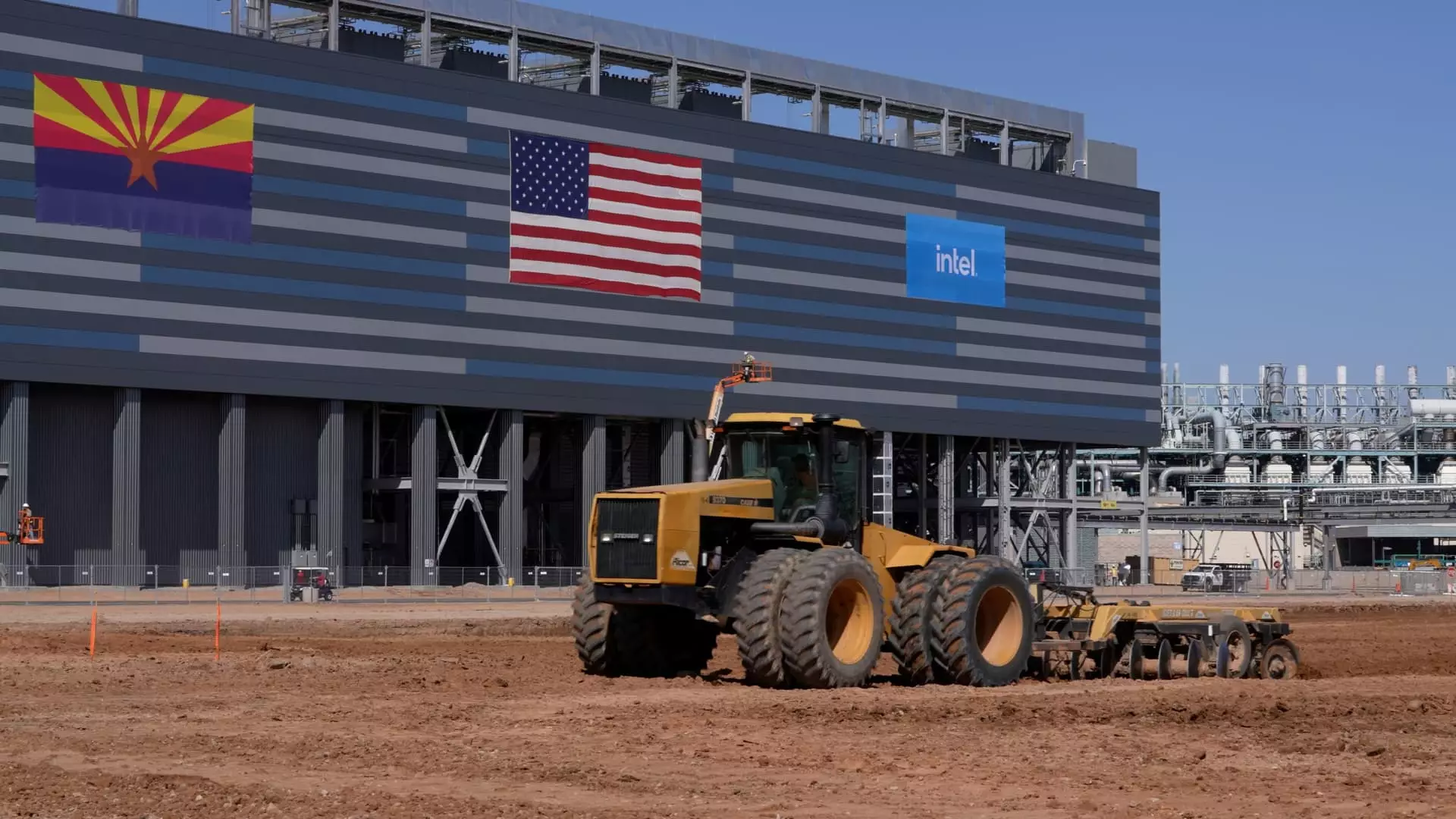In recent years, there has been a noticeable shift in focus towards boosting domestic manufacturing in the United States. This trend has gained momentum due to rising trade tensions and bipartisan efforts to revitalize the manufacturing sector. Investors looking to capitalize on this theme may want to consider ETFs that provide exposure to stocks across different sectors, offering a diversified approach to investing in this growing market.
The Preferred Investment Vehicles
Traditional sector funds may not adequately capture the potential of the rebound in U.S. manufacturing. Instead, Bank of America recommends ETFs with a broader scope to fully capture the theme. One of the top picks in this space is the First Trust RBA American Industrial Renaissance ETF (AIRR). This fund, launched in 2014, has outperformed the S & P 500 over the past decade and holds stocks like pipe maker Mueller Industries and infrastructure builder Granite Construction. With no one stock accounting for more than 4% of the fund, AIRR provides exposure to small and mid-cap companies crucial to the manufacturing industry.
Another option highlighted by Bank of America is the Global X US Infrastructure ETF (PAVE). This ETF focuses more heavily on industrial and materials stocks, with top holdings including companies like Trane Technologies and United Rentals. PAVE screens for companies deriving revenue from construction, engineering, raw materials, and industrial transportation, offering investors a unique way to invest in the infrastructure and manufacturing sectors. While PAVE has a shorter track record than AIRR, it has shown strong performance with an average annualized return of over 20% over the past five years.
Weighing the Costs
While considering different ETF options, investors should also take into account the associated costs. AIRR has the highest expense ratio among the group, standing at 0.70%. However, it has been praised for its risk-adjusted returns, making it a compelling choice for investors seeking exposure to small and mid-cap companies in the manufacturing sector. On the other hand, PAVE has a lower management fee at 0.47%, making it a cost-effective option for investors looking to invest in industrial and materials stocks.
Investing in ETFs to capture the rebound in U.S. manufacturing can be a strategic move for investors looking to capitalize on the current market trends. While traditional sector funds may not offer the desired exposure, ETFs like AIRR and PAVE provide a diversified approach to investing in the growing manufacturing and infrastructure sectors. With careful consideration of costs and investment objectives, investors can position themselves to benefit from the revitalization of the U.S. manufacturing industry.

